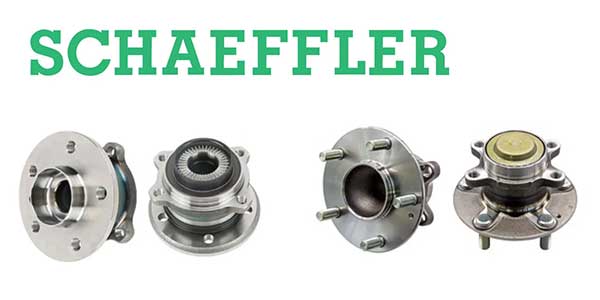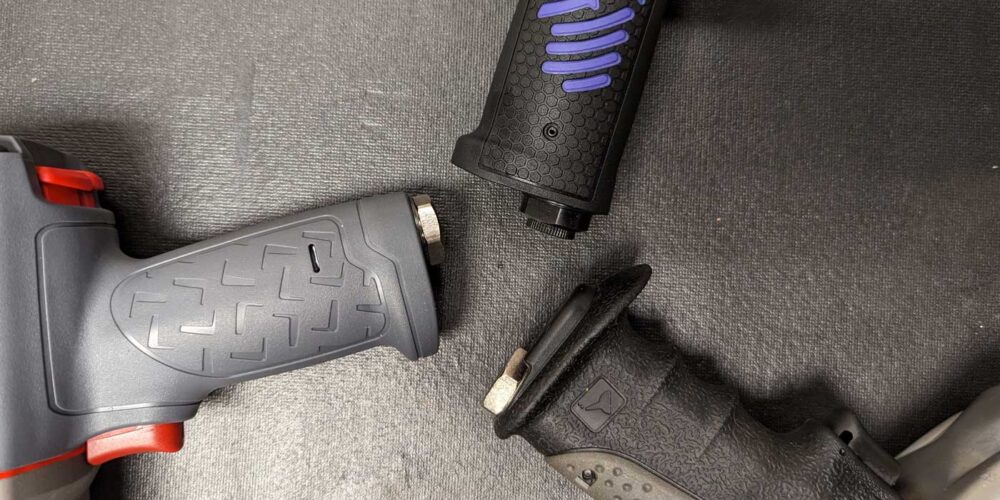Parts: Multiple Customers & Profit Opportunities
If you want to achieve different results (profits) in 2020, then you must be prepared to do different things as well as do things differently. We’ve looked at the service department and, more specifically, the service drive processes being used every day with your customers. I suggested that you as a dealer or general manager might want to open up the service department each morning for a few days in order to get a first-hand assessment of what’s really happening in that service drive each and every day. Now, let’s turn the magnifying glass on the parts department.
Now, I like to keep things simple and straightforward so I’m not going to write about the usual inventory turns, true turns, stock orders, special orders, obsolescence, etc. Instead, I want to encourage you to think about your parts department’s level of service. To put it another way, does your parts department provide every customer the highest level of service they possibly can? Well, to answer that question properly we must first determine who is the customer I’m referring to? My definition of a parts customer is simply anyone who needs a part. OKy, that’s simple enough — let’s makes a list:
- Over the counter Retail Customers
- Over the counter Wholesale Customers
- Over the telephone Retail Customers
- Over the telephone Wholesale Customers
- Over the fax machine Wholesale Customers
- Over the internet Retail and/or Wholesale Customers
- Service & Collision Center Technicians
(If I forgot any, please send me an email to bring me up to date.) Let’s take a look at these opportunities to make sure you are fully maximizing your potential:
- Which one of these categories of customers produces the highest level of gross profit for the dealer?
- Which one has the highest impact on owner retention?
- Which one has the highest impact on brand loyalty?
- Which one contributes the most towards fixed coverage?
- Which one has the most impact on CSI? I hope you answered: “the technicians!”
So, we agree that the technicians are the number one customer for the parts department.
If you doubt my assessment then look at your latest financial statement’s sales and gross profit page and total the parts gross and labor gross from customer pay, extended warranties, internal and factory warranty for the service department and collision center and simply compare that total to the total gross profit produced from all of your other parts accounts.
Prioritize
Please don’t think I’m saying to ignore all of your other parts customers because I’m not. Obviously, all customers deserve the highest level of service possible. I’m saying you must understand the priorities for your level of service by evaluating the staffing level as well as the allocation of your parts personnel to effectively support all of these customers who would like to bring you more money through additional sales.
That sounds like a good thing to me! Here is an example of what I’m talking about. In a recent workshop of mine, a service director wasboasting about his wholesale business, which generated about $120,000 in sales the previous month. Here was my response:
- Question: What was your gross profit margin?
- Answer: 12% (About $14,000)
- Question: How many delivery trucks & drivers?
- Answer: 3 trucks and 3 drivers
- Question: How many parts counter people on the retail counter?
- Answer: 2 because we sell a lot of accessories
- Question: What does your parts manager do?
- Answer: He handles all of the wholesale accounts
- Question: How many parts counter people on the technicians’ counter?
- Answer: 2
- Question: How many technicians do you have?
- Answer: 14 in service and 6 in the collision center
Have You Stopped Laughing Yet?
Do you get my point? I mean, do you really believe that this dealer is making a “profit” on $14,000 in wholesale gross while paying depreciation, fuel, insurance and maintenance on three trucks plus the wages and fringe benefits of three drivers plus a full-time parts manager? This guy has consumed way too much “wholesale Kool Aid”! Is it any wonder that his shop productivity is a whopping 83%? He also told me that technician “turnover” was a problem for him lately and he had replaced all of his service advisors this past year. Gee, I wonder why? This guy needs to move to Orlando and hang out with Mickey and his friends in Fantasyland!
How Do You Measure Up?
The only way to find out is to spend a day in your parts department at the technicians’ counter. Actually, you’ll have a pretty good idea by noon time. Bring with you that same note pad you used in the service drive last month and record how much time each technician is spending at that counter waiting on parts.
If you did that for the entire day, then multiply that number of lost minutes (hours) times 22 working days times your effective labor rate times your labor profit margin (75% right?) and that’s the amount of gross profit you’re losing each and every month by not having the highest level of service possible for your very best customer — the technician! If this exercise produces a very ugly number for you in lost profits, then what are you going to do about it?
Take Two Steps
First of all, evaluate all of the personnel assets that you currently have in your parts department and re-allocate if you can. Secondly, hire the additional counter people now if you need them. I’ve already showed you how they will pay for themselves. Your turnover will go down and your technicians’ morale will go straight up because your presence in the parts department sends a strong message to all that you’re serious about service. C’mon, isn’t it about time you started making the money you deserve?














